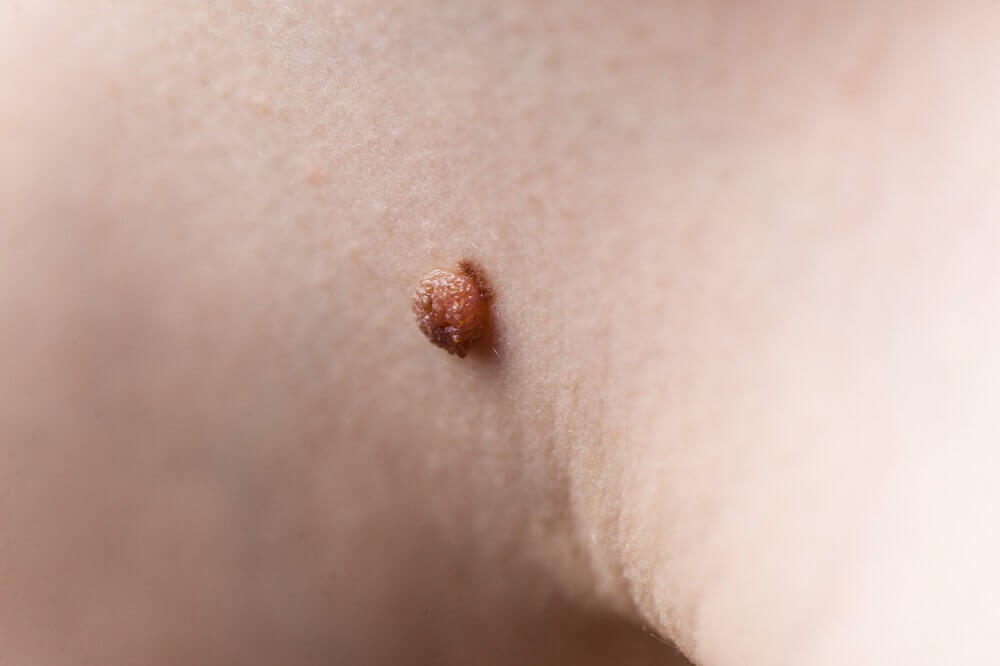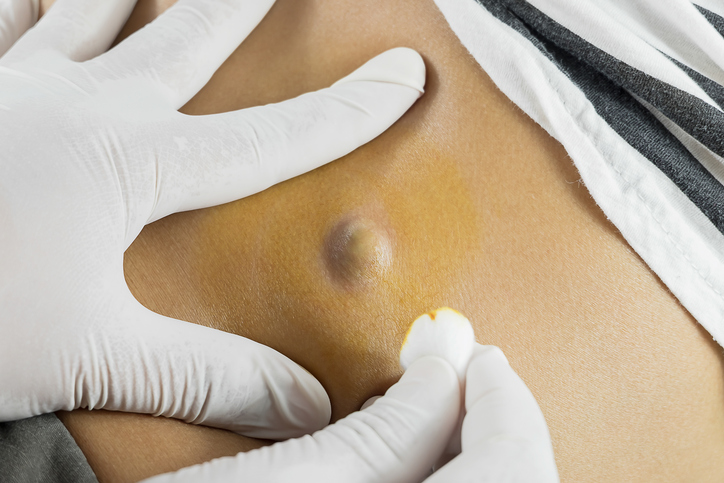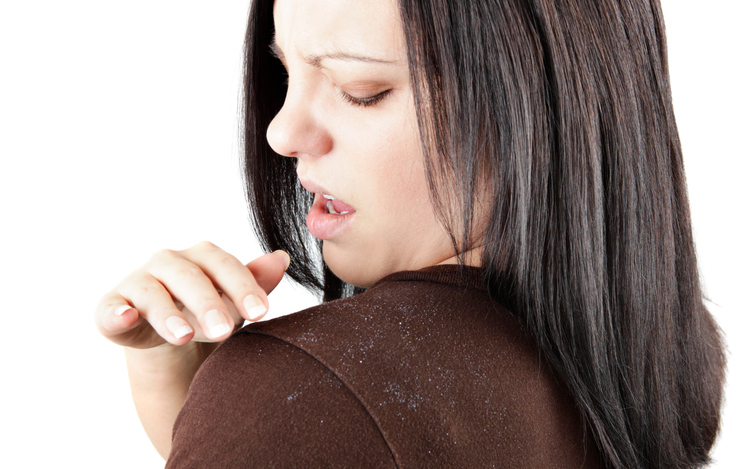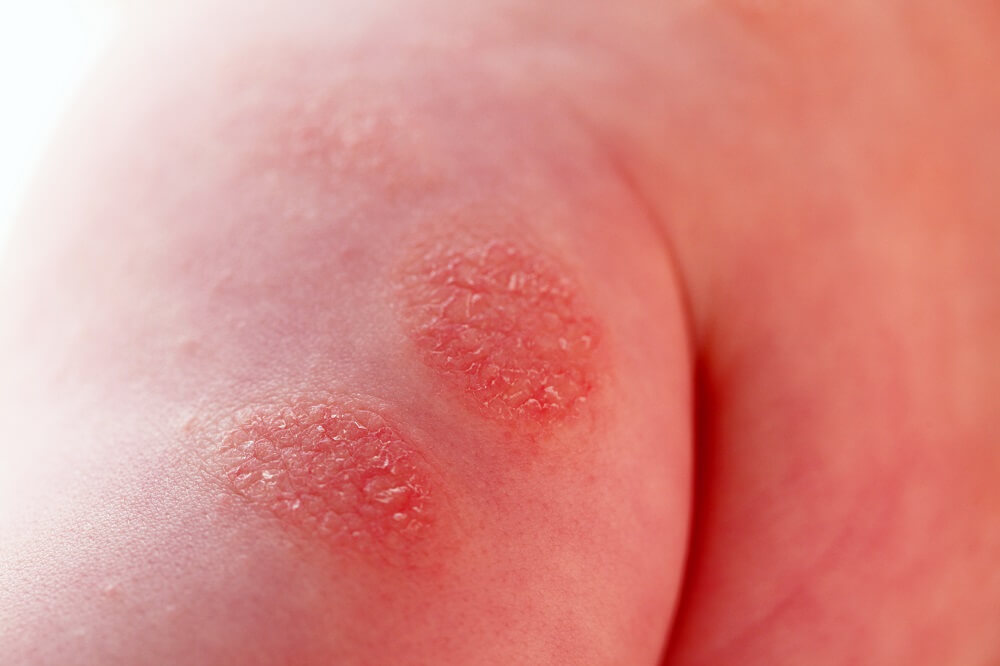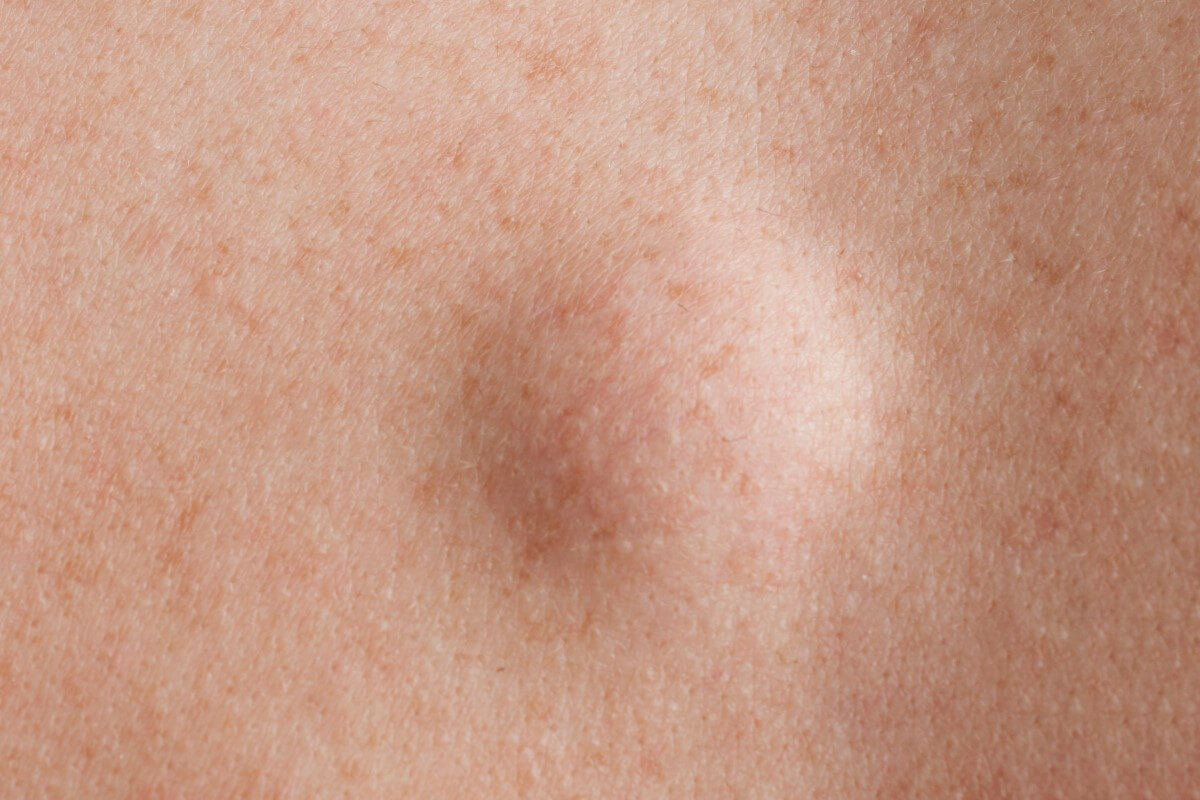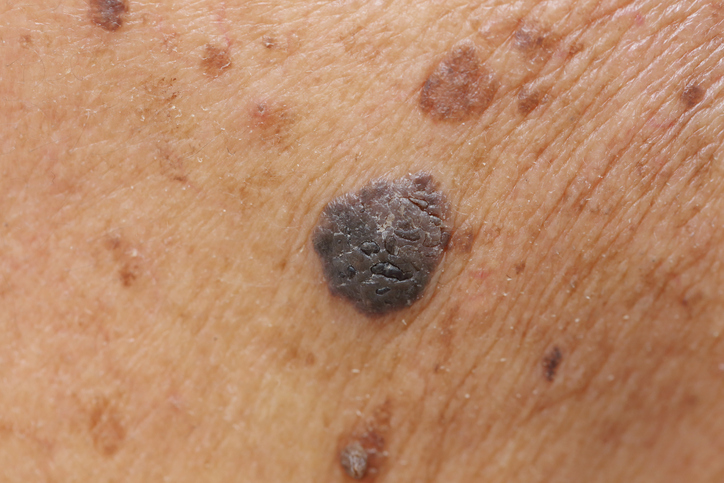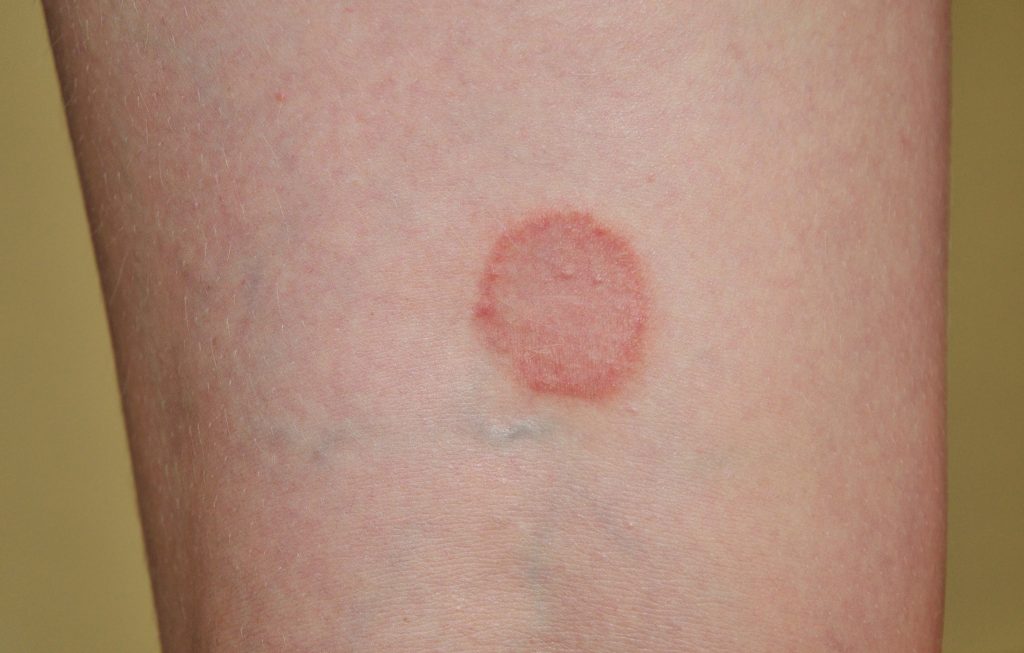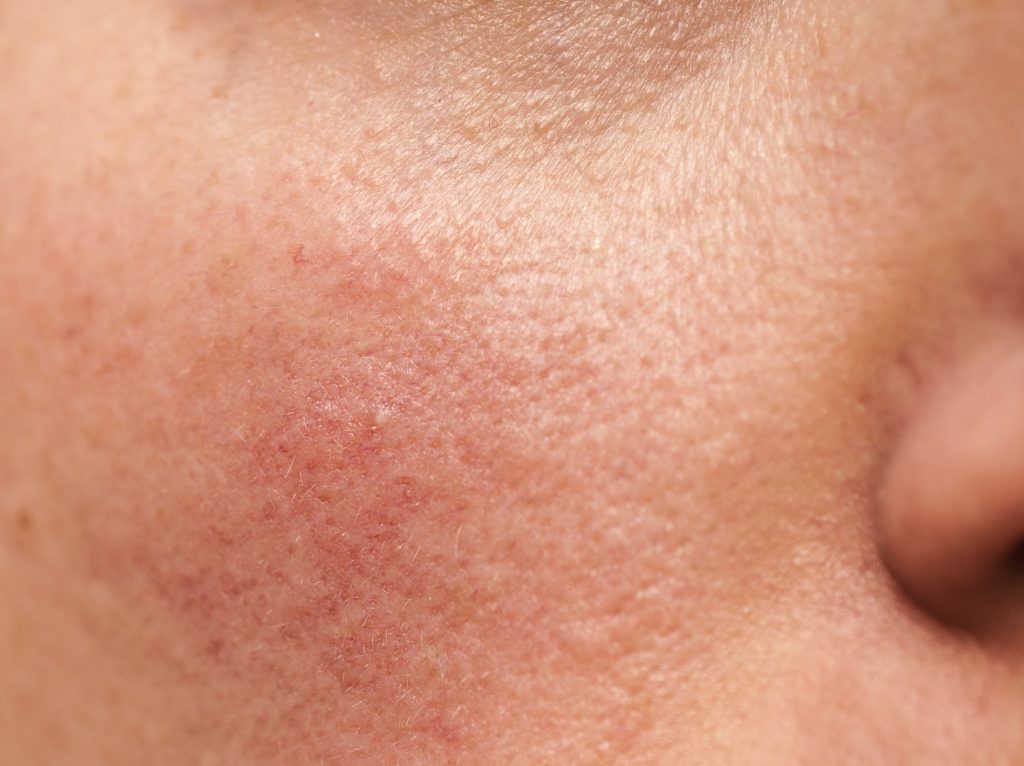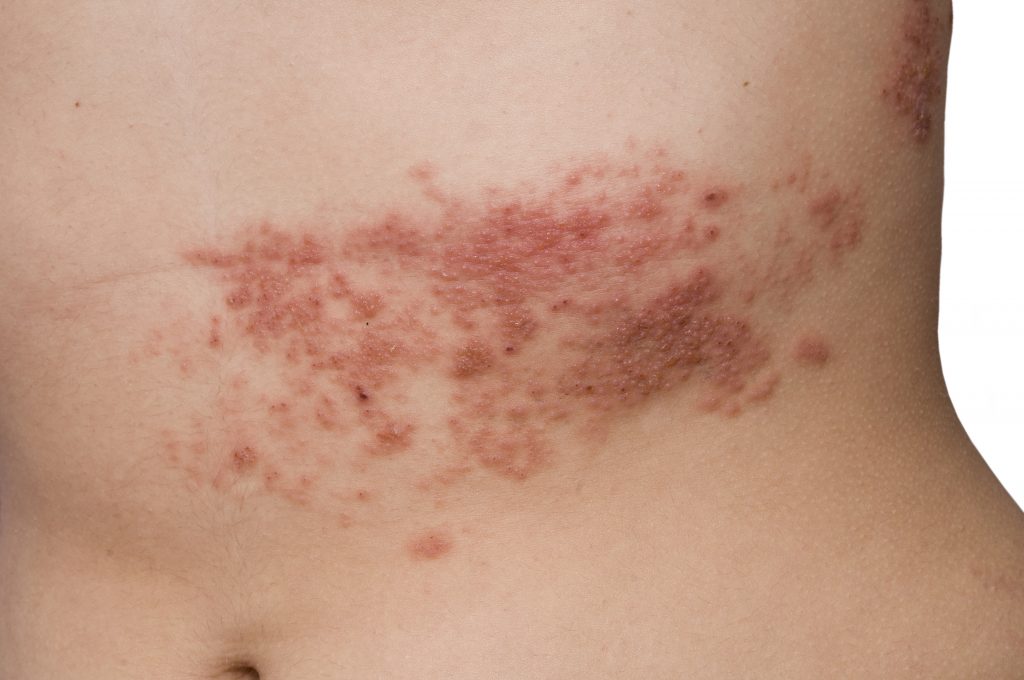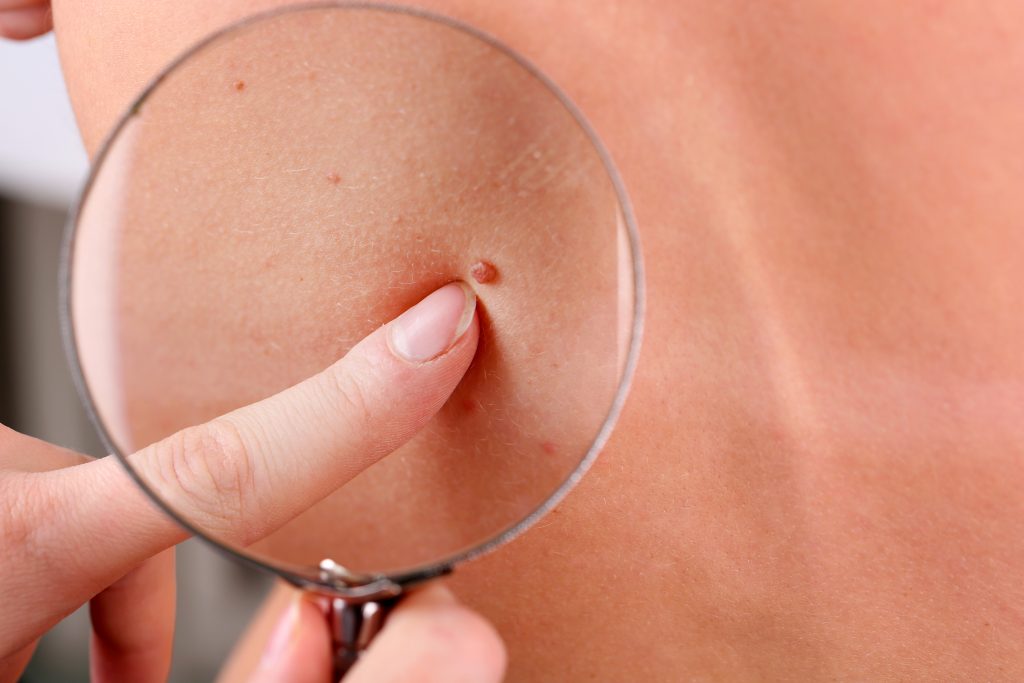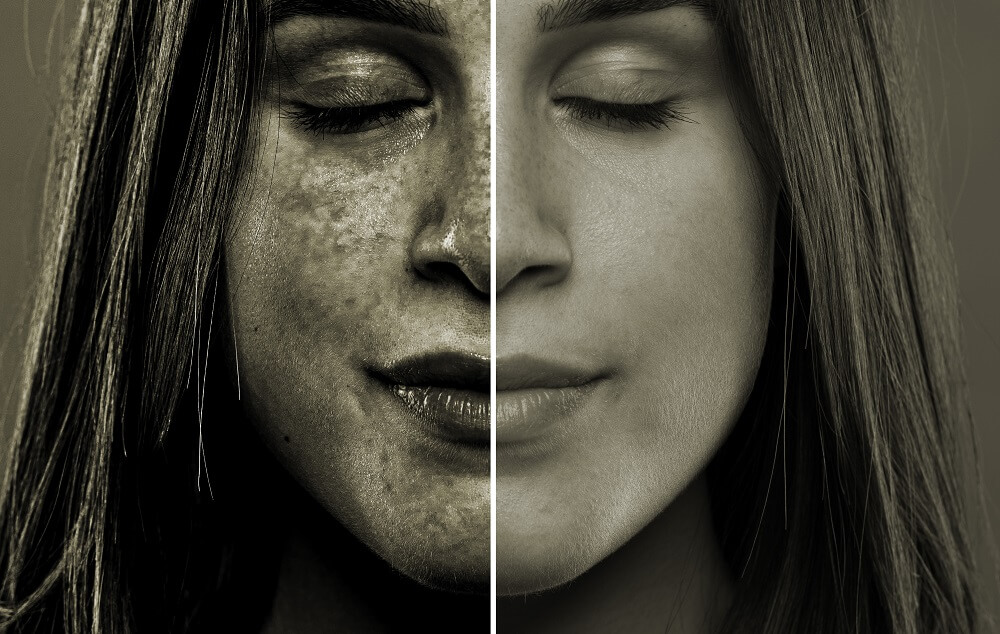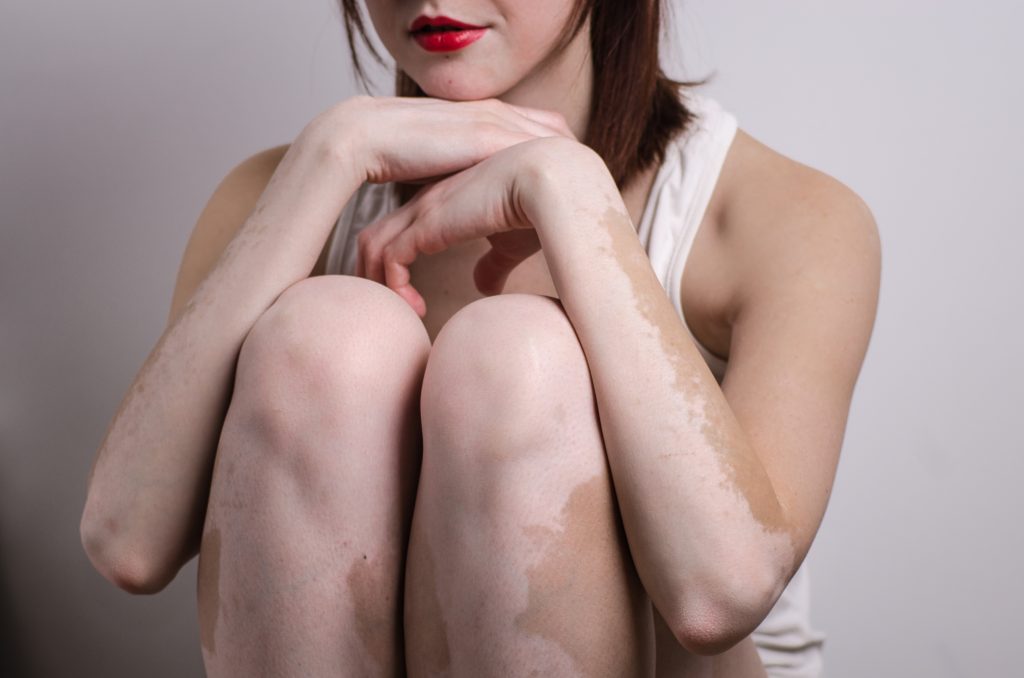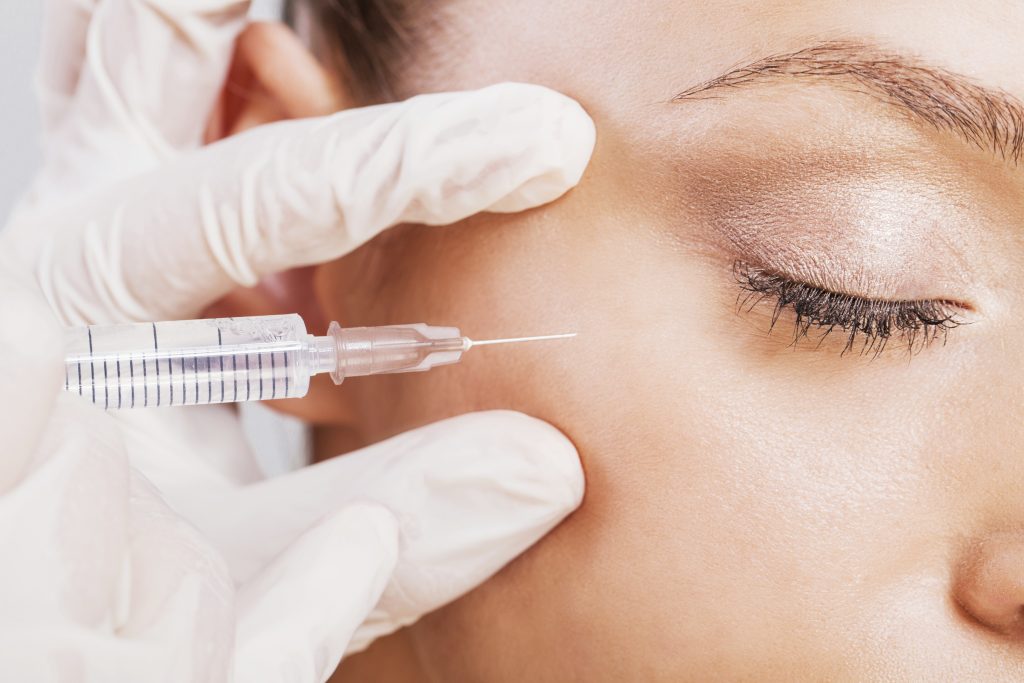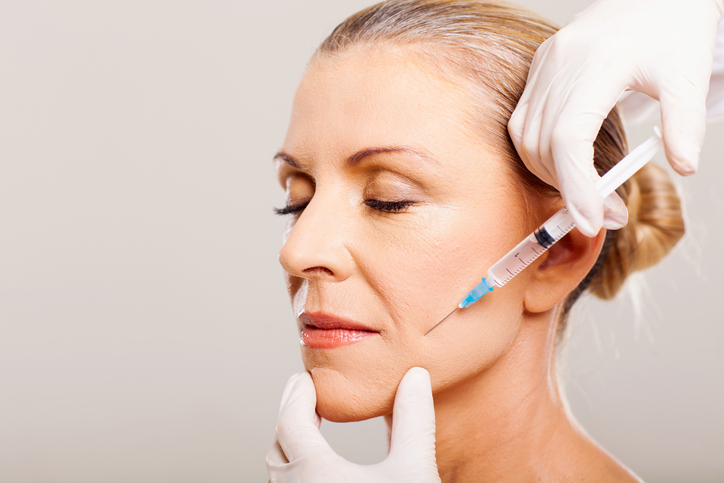Paul Curtiss, MD, FAAD
Board-Certified DermatologistFellow of the American Academy of Dermatology
Dr. Paul Curtiss earned his Bachelor of Arts in Biochemistry from Case Western Reserve University in Cleveland, Ohio. While pursuing his undergrad degree, Dr. Curtiss worked as a research assistant at the National Prion Disease Pathology Center. He received his medical degree from New York University School of Medicine in New York City. During his final year of medical school, Dr. Curtiss completed a Dermatology Research Fellowship in autoimmune connective tissue disorders under the mentorship of Drs. Kristen Lo Sicco and Andrew Franks. Following medical school, he completed an internal medicine internship at The Mount Sinai Hospital in New York City, before completing his Dermatology residency at UT Southwestern in Dallas Texas.
Dr. Curtiss has authored articles for numerous peer-reviewed journals including the Journal of the American Academy of Dermatology, the British Journal of Dermatology, and Cutis, a peer-reviewed clinical journal. He is passionate about providing outstanding dermatologic care and his clinical interests include psoriasis, skin cancer, acne, autoimmune connective tissue diseases, and cosmetics.
Outside of work, Dr. Curtiss enjoys running, playing tennis as well as spending time with friends and family. Although he grew up in Southern California, Dr. Curtiss is proud to call the Dallas-Fort Worth area home and is excited to treat patients at our Carrollton office.
Featured Articles
- Your Skin Can Reveal Some Surprising Things About Your Health
- Why Winter Is A Great Time To Get Your Annual Skin Exam, According To A Dermatologist
- 8 Reasons Why Your Nails Are Peeling and How to Fix It
- 11 Ways to Remove Henna Dye From Your Skin Quickly and Easily
Featured Blogs
Clinic Locations
Insurance Plans Accepted By Paul Curtiss, MD
- Aetna
- Ambetter
- Americas Choice Provider Network (ACPN)
- Amerigroup
- Blue Cross Blue Shield (BCBS)
- CareNCare
- Christus
- Cigna
- Devoted Health
- Health Smart
- Healthcare Highways
- Humana
- Independent Medical Systems (IMS)
- Medicare
- Multiplan
- Oscar Health
- Private Healthcare Systems (PHCS)
- Provider Select
- Railroad Medicare
- Scott & White Health Plan
- Three Rivers Provider Network (TRPN)
- Tricare
- TriWest Healthcare Alliance (TriWest)
- United Healthcare (UHC)
- WellMed
Paul Curtiss, MD accepts most major insurance plans. If your plan is not listed above, please contact the office to verify coverage.
What Our Patients Say
Source : Google – Apr 16, 2024
Source : Google – Apr 12, 2024
Source : Google – Apr 12, 2024













